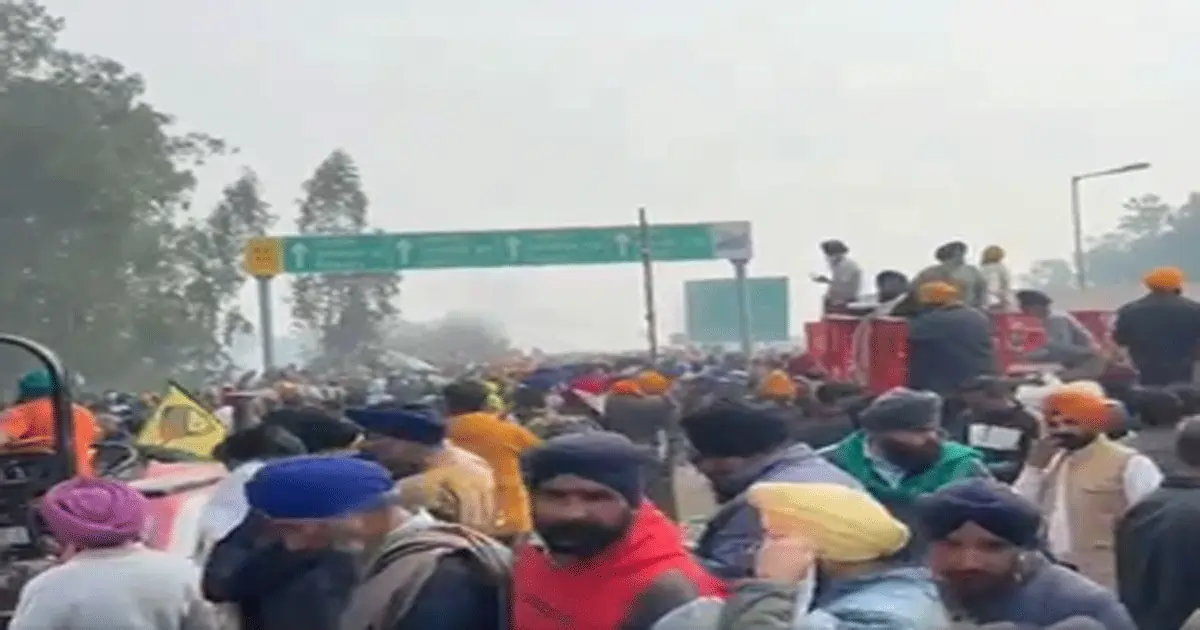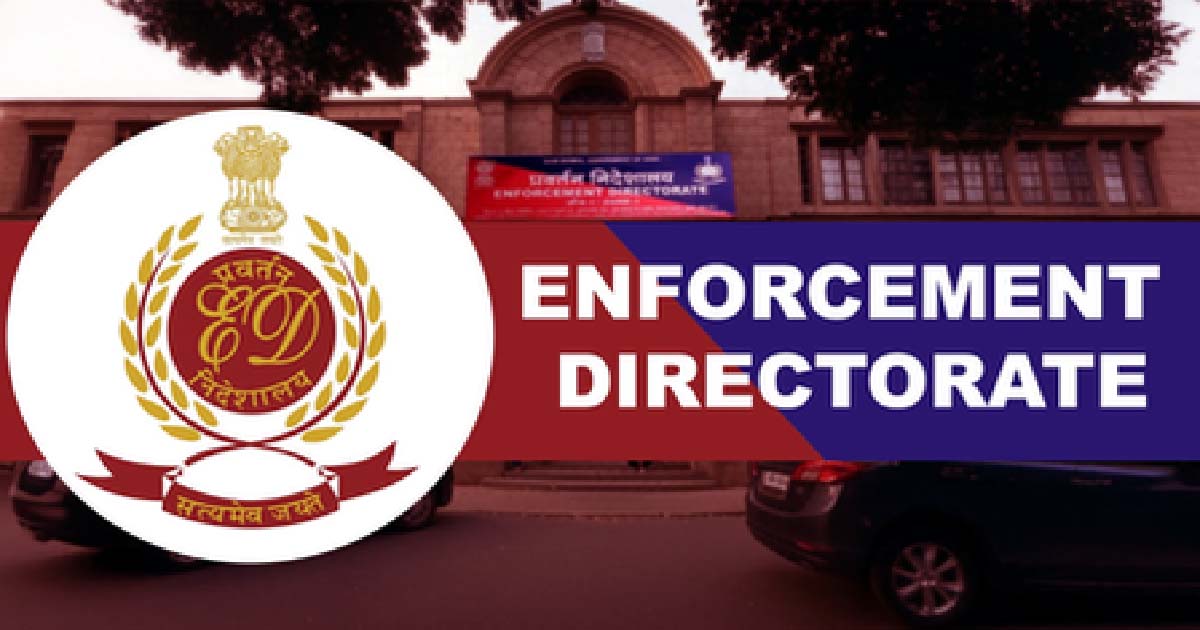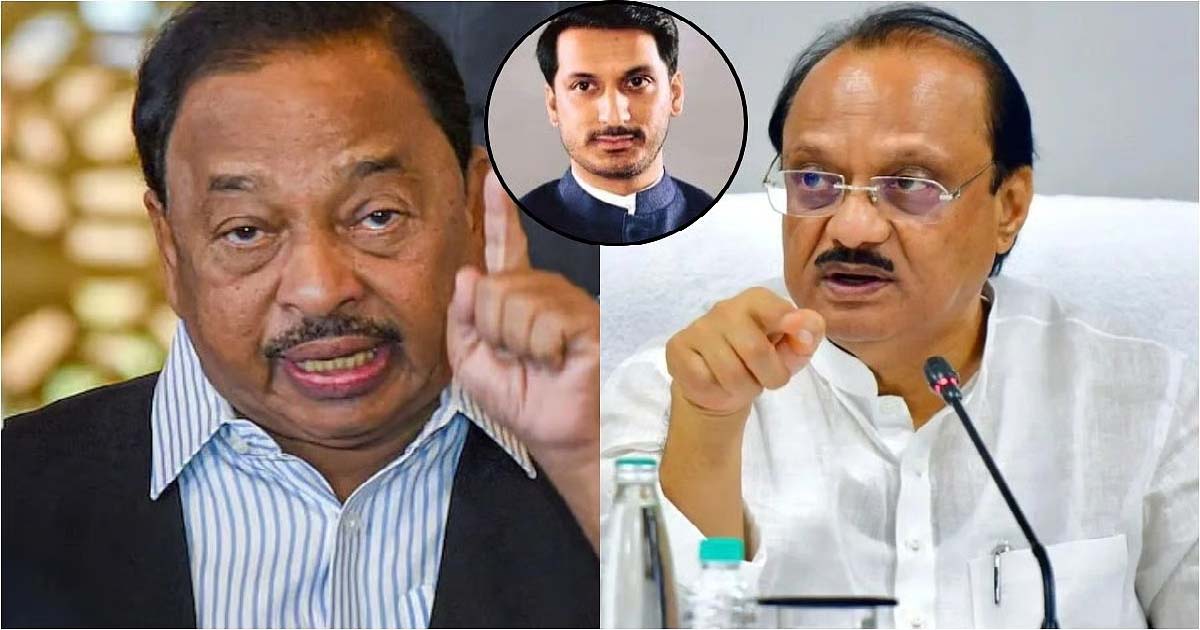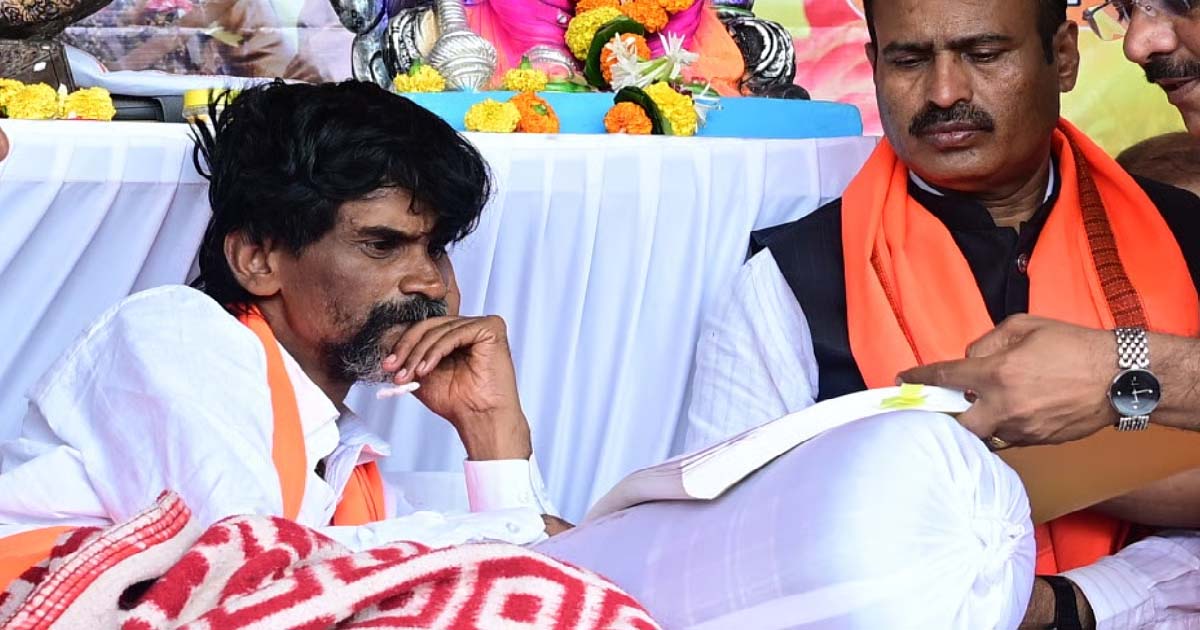National News
Centre to hold meeting with farmers in Chandigarh today

Chandigarh, Feb 14: The Centre will hold a meeting with protesting farmers late Friday afternoon in Chandigarh to discuss their long-pending demands, including a legal guarantee on minimum support price (MSP) for crops.
The farmers have been staging a sit-in protest for a year at Shambhu, the border point between Punjab and Haryana.
Farmer leader Sarwan Singh Pandher told the media at Shambhu, where a Mahapanchayat was held on Thursday to mark one year of the agitation, that they would make efforts to convince the Centre to fulfil the demands of the farmers.
Farm leader Jagjit Singh Dallewal, who has been on an indefinite fast at the Khanauri border since November 26 last year, will participate in the meeting with top functionaries of the Union government. Dallewal, the convener of the Samyukta Kisan Morcha (Non-Political), will be taken by ambulance from the protest site Khanauri to Chandigarh for the talks. He agreed to accept medical aid after the Centre invited farmers for talks.
Friday’s talks were earlier scheduled at 5 p.m., but with the insistence of farmers, they will now start at 4 p.m.
Dallewal-led Bharatiya Kisan Union (Sidhupur) and Pandher-led Kisan Mazdoor Sangarsh Committee (KMSC), under the banner of Sanyukt Kisan Morcha (non-political), have been camping at the Shambhu and Khanauri borders since February 13 last year after security forces foiled their attempt to march to Delhi to press for their demands.
A delegation of senior officials from the Union Agriculture Ministry, led by joint secretary Priya Ranjan, on January 19 met farm leaders and invited representatives of Samyukta Kisan Morcha (Non-Political) and Kisan Mazdoor Morcha for a meeting to discuss their demands on February 14.
Farmer leader Pandher last month announced the postponement of the January 21 foot march, by 101 farmers to Delhi, urging the Central government to hold talks soon over their demands.
“It’s not a condition but a request,” the convener of the Kisan Mazdoor Morcha, has told the media at Shambhu, urging the Centre to hold a meeting in Delhi before February 14, instead of Chandigarh, as initially proposed. But the meeting was not held.
Earlier, security forces had used tear gas shells as protesting farmers thrice attempted to march towards Delhi at the Shambhu border.
Shambhu, the crossing point near Ambala on National Highway-1, became the flashpoint of the farmers’ protest for a year. Earlier, the 13-month-long agitation of farmers, mostly from Punjab, Haryana and western Uttar Pradesh, at Delhi borders ended after Prime Minister Narendra Modi in his televised address to the nation on November 19, 2021, announced the government had decided to repeal the three controversial farm laws passed. Thousands of farmers had been camping at the Delhi border points demanding a repeal of three farm laws, besides demanding a legal guarantee on the MSP for their crops.
Crime
ED probing shell firms linked to Bengal human trafficking racket

Kolkata, Nov 8: The Enforcement Directorate (ED) is examining bank accounts linked to a network of shell companies allegedly used to divert proceeds of crime generated through the multi-crore human trafficking racket operating in West Bengal.
The ED unearthed information about these shell companies following raid and search operations conducted on Friday at six locations across different parts of the state. During scrutiny, officials found that large sums were deposited into these accounts and withdrawn within hours, suggesting layering and diversion of illicit funds.
Sources said that through the ongoing examination of these accounts, the investigating officers are attempting to trace the ultimate beneficiaries of the racket.
Meanwhile, the ED issued a statement on Saturday confirming that during the raids, cash worth over Rs 1.01 crore, several digital devices, and property-related documents were seized.
“Several bank account details under the use and operation of the accused/suspect persons have been identified. Two high-end luxury vehicles, including a Land Rover Defender and a Jaguar, have also been frozen under the provisions of PMLA,” the agency stated.
According to the ED, the organised trafficking network operated primarily through bar-cum-restaurants and dance bars in West Bengal.
The central agency initiated its probe based on multiple FIRs registered by Kolkata Police and the West Bengal Police against the key operators of the human trafficking racket under various sections of the erstwhile Indian Penal Code and the Immoral Traffic (Prevention) Act. The ED subsequently registered an Enforcement Case Information Report (ECIR) under the Prevention of Money Laundering Act (PMLA).
Investigations have revealed that the accused exploited vulnerable women under false promises of employment, coercing them into prostitution, and generating substantial illegal proceeds in the process.
The accused identified so far include Jagjit Singh, Ajmal Siddiqui, Bishnu Mudra, and their associates, who allegedly played crucial roles in the financial and operational aspects of the racket.
National News
Maharashtra: ‘Children Can Grow Up But Must Be Obedient,’ Says BJP MP Narayan Rane On Ajit Pawar’s Pune Land Scam Reply

Mumbai, Nov 8: The controversial land deal linked to Deputy Chief Minister Ajit Pawar’s son, Parth, has given a new handle to the NCP stalwart’s traditional political rivals to target him over his response to allegations. The BJP, Shiv Sena, and NCP are constituents of the ruling Mahayuti alliance.
Responding to Ajit Pawar’s earlier remark that “when your children grow up, they do their own business,” BJP MP Narayan Rane on Saturday quipped, “Children can grow up, but they should be obedient. What more can I say about it?”.
Once a vocal critic of Ajit Pawar in the past, Rane refrained from making further comments on the issue.
Maharashtra minister and BJP leader Radhakrishna Vikhe Patil has said that Ajit Pawar’s “busy schedule” may have delayed his response to the controversy.
“If Ajit Pawar had acted when he first got wind of the Pune land issue, this situation might not have arisen. But considering his busy schedule, sometimes a few decisions happen automatically,” Vikhe Patil told reporters on Friday.
Vikhe Patil, a former Congressman, and the Pawars have been political rivals in western Maharashtra for decades.
The controversy pertains to the alleged illegal sale of 40 acres of government land in Pune’s Mundhwa area, reportedly worth around Rs 1,800 crore, which Opposition leaders claim was purchased by a company linked to Ajit Pawar’s son Parth for only Rs 300 crore with a stamp duty waiver.
While an FIR was registered on Thursday against three persons, including one of the partners in the company and a government official, for causing loss to the exchequer, Ajit Pawar denied any connection to the transaction.
He had heard of the matter a few months ago and made it clear that he would not tolerate any wrongdoing, he said.
National News
Mumbai Police Summons Maratha Activist Manoj Jarange-Patil & 5 Others

Mumbai: Mumbai Police on November 8 has summoned Maratha activist Manoj Jarange-Patil and five others to appear before the investigating officer at Azad Maidan Police Station on November 10.
The Maratha activist and five others have been called between 11 am and 1 pm on November 10.
The summons relate to violations during Jarange-Patil’s hunger strike at Azad Maidan, where police allege rules and Bombay High Court guidelines were breached.
-

 Crime3 years ago
Crime3 years agoClass 10 student jumps to death in Jaipur
-

 Maharashtra1 year ago
Maharashtra1 year agoMumbai Local Train Update: Central Railway’s New Timetable Comes Into Effect; Check Full List Of Revised Timings & Stations
-

 Maharashtra1 year ago
Maharashtra1 year agoMumbai To Go Toll-Free Tonight! Maharashtra Govt Announces Complete Toll Waiver For Light Motor Vehicles At All 5 Entry Points Of City
-

 Maharashtra1 year ago
Maharashtra1 year agoFalse photo of Imtiaz Jaleel’s rally, exposing the fooling conspiracy
-

 National News1 year ago
National News1 year agoMinistry of Railways rolls out Special Drive 4.0 with focus on digitisation, cleanliness, inclusiveness and grievance redressal
-

 Maharashtra12 months ago
Maharashtra12 months agoMaharashtra Elections 2024: Mumbai Metro & BEST Services Extended Till Midnight On Voting Day
-

 National News1 year ago
National News1 year agoJ&K: 4 Jawans Killed, 28 Injured After Bus Carrying BSF Personnel For Poll Duty Falls Into Gorge In Budgam; Terrifying Visuals Surface
-

 Crime1 year ago
Crime1 year agoBaba Siddique Murder: Mumbai Police Unable To Get Lawrence Bishnoi Custody Due To Home Ministry Order, Says Report












